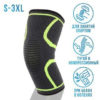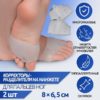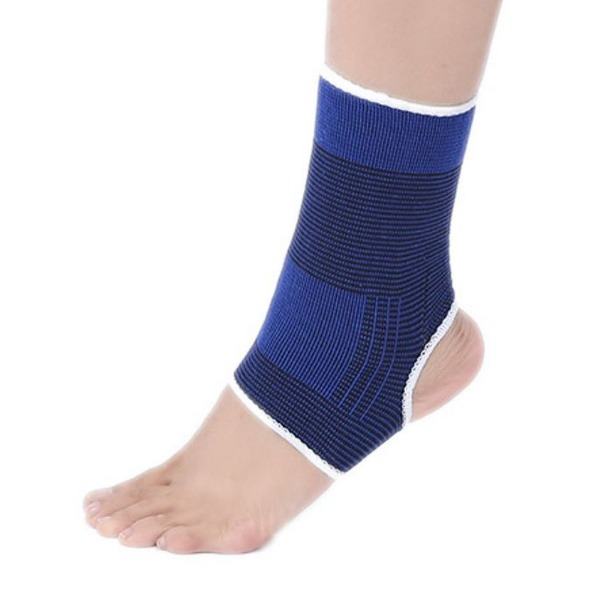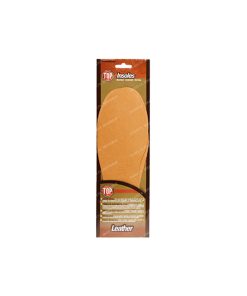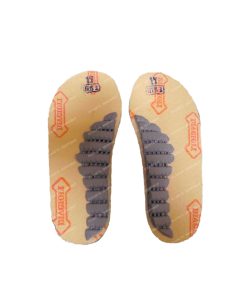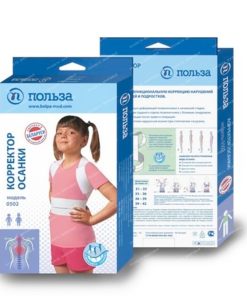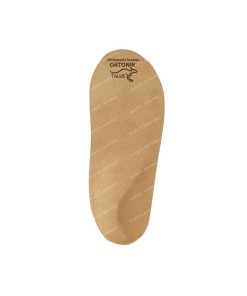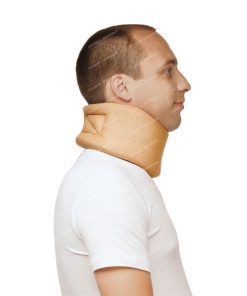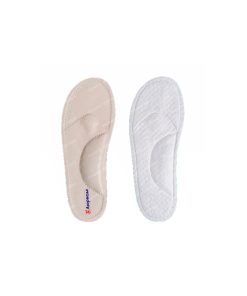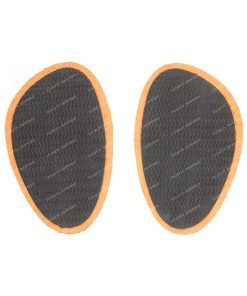Ankle Support Brace: Types, Benefits & Choosing the Right One
Ankle injuries are common, affecting athletes and everyday individuals alike. Whether you’re recovering from a sprain, dealing with chronic instability, or aiming to prevent future injuries, an ankle support brace can be a vital tool for maintaining mobility and promoting healing. This comprehensive guide explores the diverse range of ankle braces available, highlighting their key features and benefits to help you make an informed decision.
Understanding Ankle Brace Types:
- Lace-up Ankle Braces: These offer customizable compression and support, making them ideal for mild to moderate injuries and providing excellent proprioceptive feedback.
- Sleeved Ankle Braces: Easy to slip on and off, these braces provide comfortable compression and support for everyday activities or light exercise.
- Rigid Ankle Braces: Offering superior stability, these braces are often prescribed for severe sprains, fractures, or post-surgery rehabilitation. They limit ankle movement to protect the joint.
- Wraparound Ankle Braces: These provide adjustable compression and support, offering a balance between stability and comfort. They are often preferred for activities requiring flexibility.
Benefits of Using an Ankle Support Brace:
- Injury Prevention: Wearing an ankle brace can significantly reduce the risk of sprains and other ankle injuries, particularly during high-impact activities.
- Pain Relief: Braces can help alleviate pain and discomfort associated with ankle injuries by providing compression and support.
- Improved Stability: By providing extra support, braces enhance joint stability and reduce the risk of re-injury.
- Faster Recovery: Proper support can aid in the healing process, allowing for faster recovery from ankle injuries.
- Enhanced Proprioception: Some braces improve proprioception (awareness of your body’s position in space), contributing to better balance and coordination.
Choosing the Right Ankle Brace:
- Severity of Injury: A mild sprain may only require a lace-up or sleeved brace, while a severe injury might necessitate a rigid brace.
- Activity Level: The type of activity you engage in will influence your brace choice. High-impact activities often require more robust support.
- Personal Preference: Comfort and ease of use are crucial considerations. Choose a brace that fits well and doesn’t restrict movement unnecessarily.
This guide provides a starting point for your research. Consult with a doctor or physical therapist for personalized recommendations based on your specific needs and medical history. Investing in the right ankle support brace can make a significant difference in your comfort, recovery, and overall well-being.
Keywords: ankle support brace, ankle brace, ankle support, ankle injury, ankle sprain, ankle pain, ankle rehabilitation, ankle stability, lace-up ankle brace, sleeved ankle brace, rigid ankle brace, wraparound ankle brace, injury prevention, recovery, pain relief, proprioception.
 Free worldwide shipping on orders $99+
Free worldwide shipping on orders $99+  US: temporary delays — postal services aligning new import rules,
US: temporary delays — postal services aligning new import rules,  EU: 1–2 weeks,
EU: 1–2 weeks,  Worldwide: 1–4 weeks
Worldwide: 1–4 weeks 

